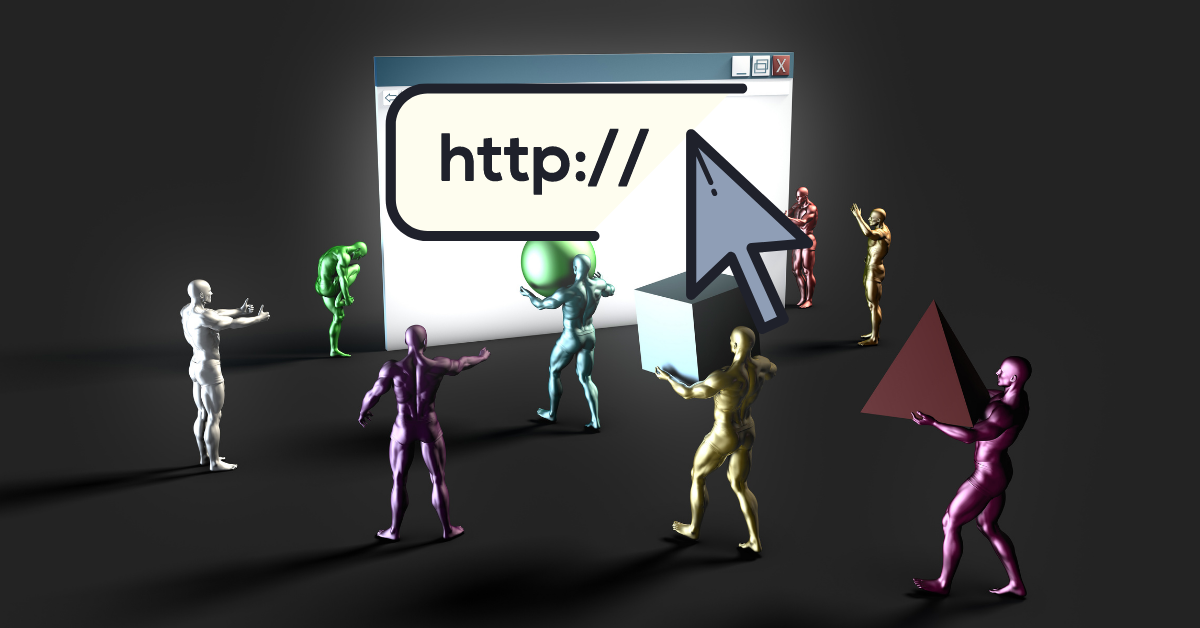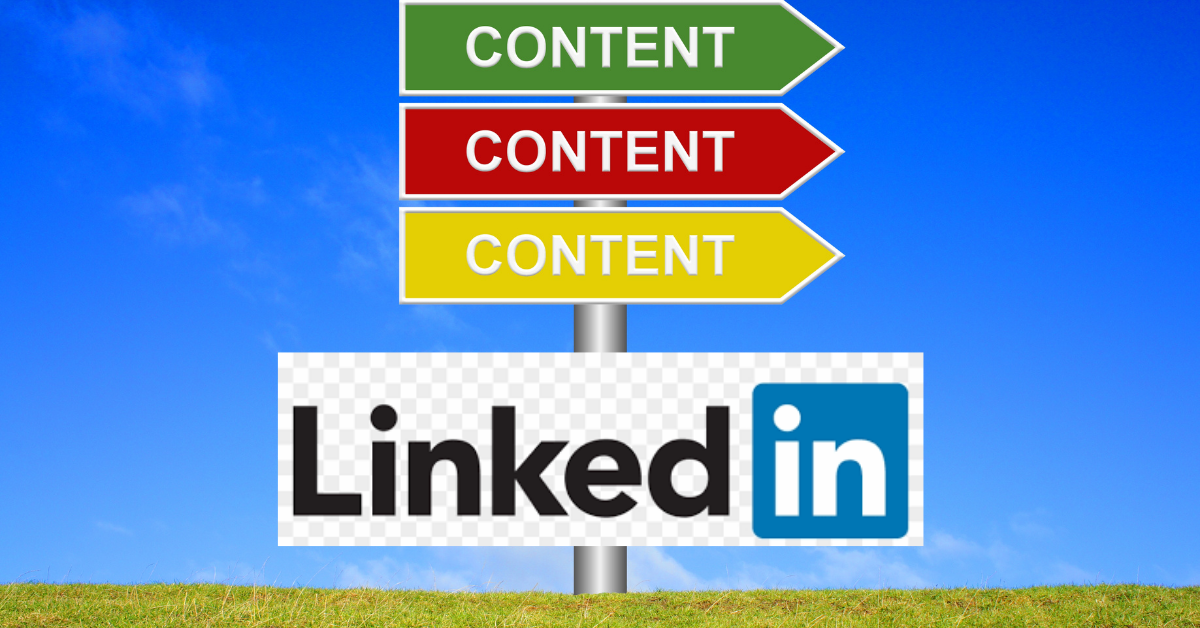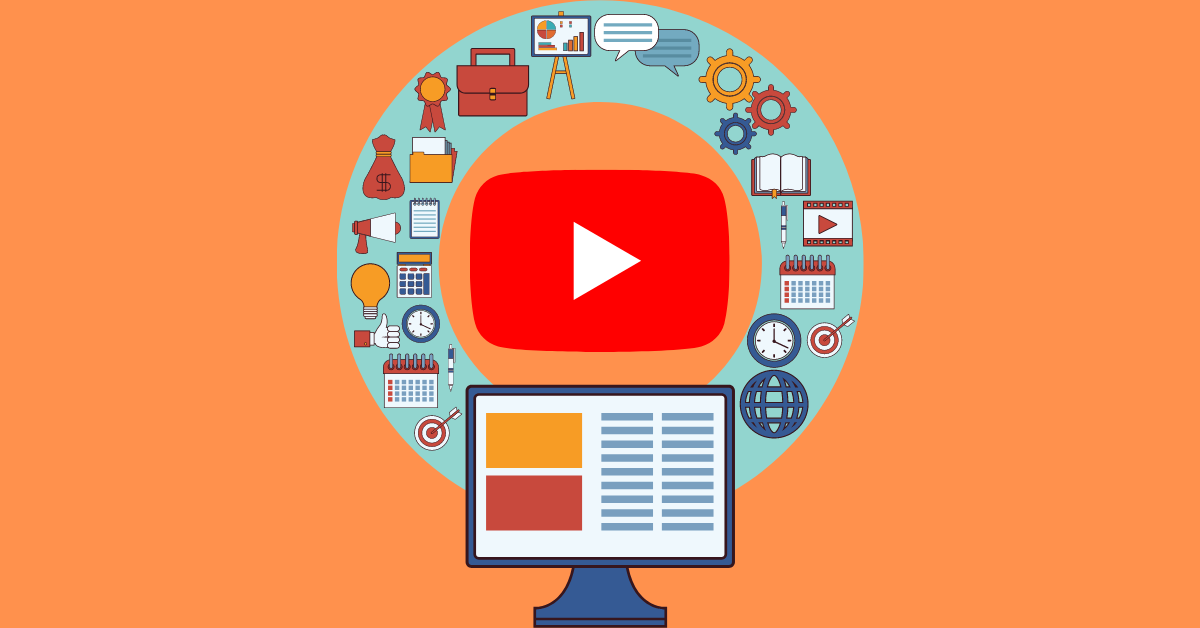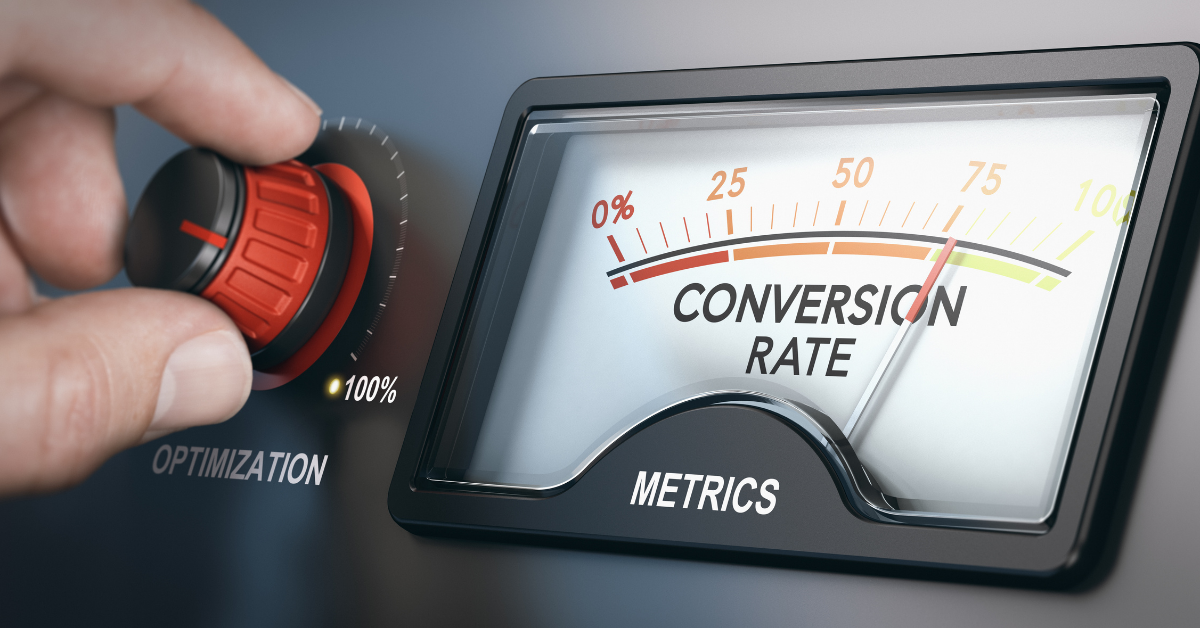People’s attention span is getting shorter. Through the years, the noise that online apps and social media networks created kept them busy with a lot of things. A social media agency Hong Kong notes that a recent Microsoft study showed that the attention span of modern consumers has dropped to 8 seconds. So, brands and businesses are now off to a race of catching the audiences’ eyes in a matter of 3 seconds.
According to a digital marketing speaker Hong Kong, it is also important for a brand or business website to load quickly. Otherwise, online visitors may abandon your content and page. To do so, they need to be aware of the common website killers, and what to do about them.
The Importance of Website Speed
The speed of a website page is vital to the optimization of your visibility online. It has a direct effect on conversion rates, SEO, traffic, and user experience. Who would love o stay on a page that loads forever? Who would enjoy browsing blank picture frames online? Below, let us discuss the importance of website speed further!
Page speed is the amount of time it takes for a website to load. It is typically calculated in 5 ways:
- First Contentful Paint (FCP) or the server loading time to show the first content element in a page.
- Load time is the amount of time it takes for all website elements to fully load.
- Mobile-first or the measurement of the page speed among mobile devices.
- Time to First Byte (TTFB) or the server loading time to show the first information byte on a page.
- Time to Interactive (TTI) or the server loading time to show the interactive elements of a page.
Most people cap a good page speed at 2-second. To check the page speed of a website, you can either use Experte Bulk Page Speed Test or Google PageSpeed Insights. Alternative page speed checkers are also available online.
The page speed of a website is very important for the following reasons:
- It affects conversion rates. A slowly loading webpage drives website visitors away. As such, it reduces the conversion rates of brands and businesses. They can miss a possible buyer or turn a loyal customer towards a competitor site. On the other side, websites with a good speed increase conversion rate. It allows consumers to browse products and proceed to make a purchase conveniently.
- It affects SEO. As of May 2021, Google CORE updates included page speed became a vital part of the user experience. The search engine will now give a lower rank on websites that loads slowly and put users off. In reverse, Google ranks websites with good speed higher resulting in a brand or business endorsement of the first page of any search results.
- It affects user experience. To provide a better user experience, the website of a brand or business should load quickly. Each page should be easy to navigate and switch. These result in users staying longer on the site and even sharing it with others.
Common Website Speed Killers
Is your website running slow? You might need to check if it has the following common website speed killers.
Ad Network Code
An ad network code is a unique identifier code for a brand or business on eCommerce websites. They are usually accompanied by large files like auto-play videos, GIFs, images, etc. Unfortunately, because these files are large, they slow down the speed of loading. A knowledgeable website designer can help you avoid these speed bumps.
Analytics Tags
If you are using analytics tags to gather insights on ads and campaigns, they can also be speed killers. The scripts connected to these tags carry an enormous amount of information that may take time to load. A smart way to solve such a concern is to constantly clear a website’s cookie usage.
Big Unoptimized Images
Visuals are a great way to drive clicks and engagement among brands and businesses. But they add extra weight to a webpage. A video marketing agency Hong Kong suggests, as much as possible, limiting the size of your images and videos. Using an image editor can help optimize the uploading of visuals on your website. As a pro-tip, JPEG or PNG images load faster than other image formats. They are a lightweight alternative to GIF and TIFF.
CSS-Poor Stylesheets
Cascading Style Sheets (CSS) defines the HTML or XML display of a webpage. They contain anything from images to JavaScript to text formats. CSS is necessary for every web page, but too many of them can be website speed killers. So, it is best to combine multiple CSS and only display what is essential to prevent slowing down the speed of your website.
JavaScript-Based Functionality
These are software applications and codes used by every website. They can be website speed killers if used without caution or expertise. Most website developers recommend using Google analytics to power JavaScript. If possible, avoid embedded elements and multi-media content. It is because they take longer to load due to extensive media calculations.
Overstuffed HTML
Hypertext Markup Language (HTML) is the standard tagging system for achieving a consistent graphics theme and hyperlink effects in the World Wide Web (WWB). To avoid turning them into website speed killers, use lesser HTML codes as possible. Combine similar codes and get rid of unnecessary codes.
Social Media Buttons
Most brands and businesses use social media buttons. It is because social media marketing can never be ignored. They are the most powerful platforms to reach your target audiences. Social media buttons sometimes block a page from loading properly. Brands and businesses should first assess what social media buttons they should add to their web pages. Two or three will do instead of too many.
Unprofessional JQUERY
JQUERY is a JavaScript library that simplifies interactions between HTML and Java codes. Unfortunately, an excess in JQUERY lags can slow down a webpage. To avoid these website speed killers, optimize your HTML codes and avoid unnecessary JavaScript.
Reference: https://blog.red-website-design.co.uk/2021/10/20/slow-website-google-ranking/









